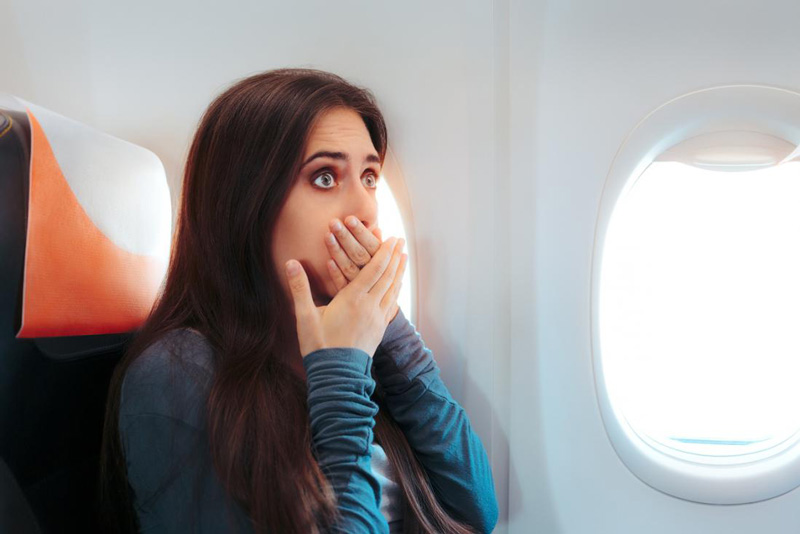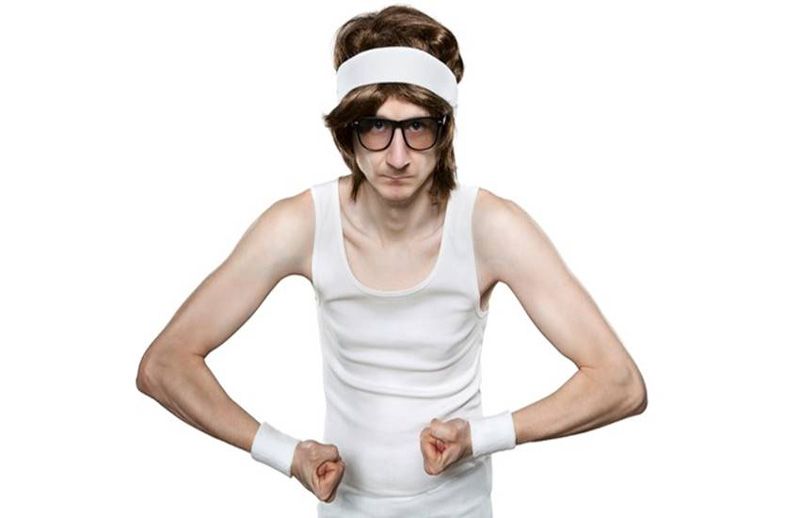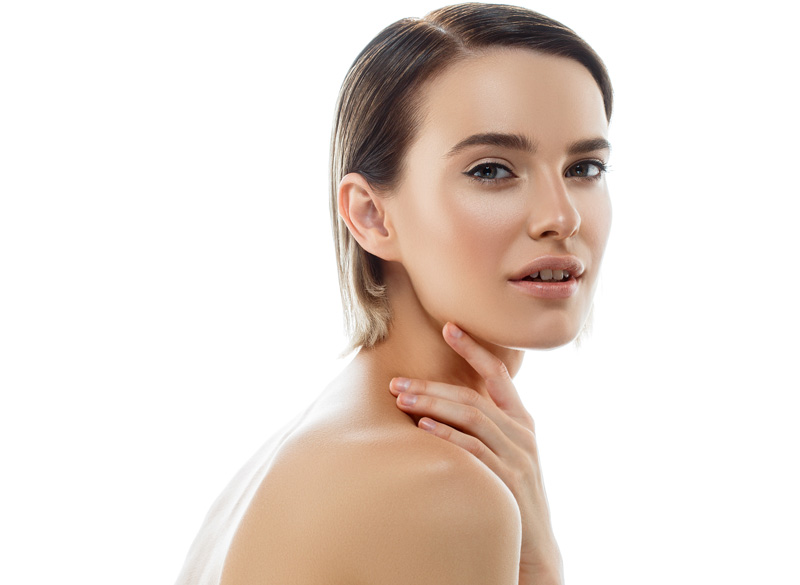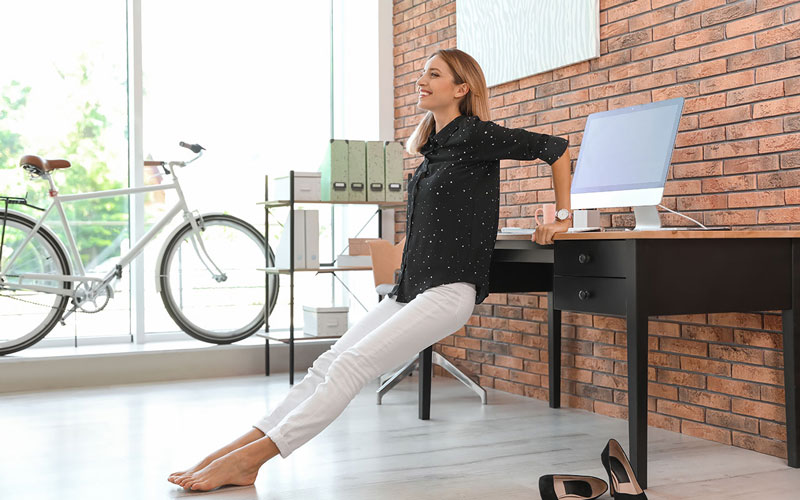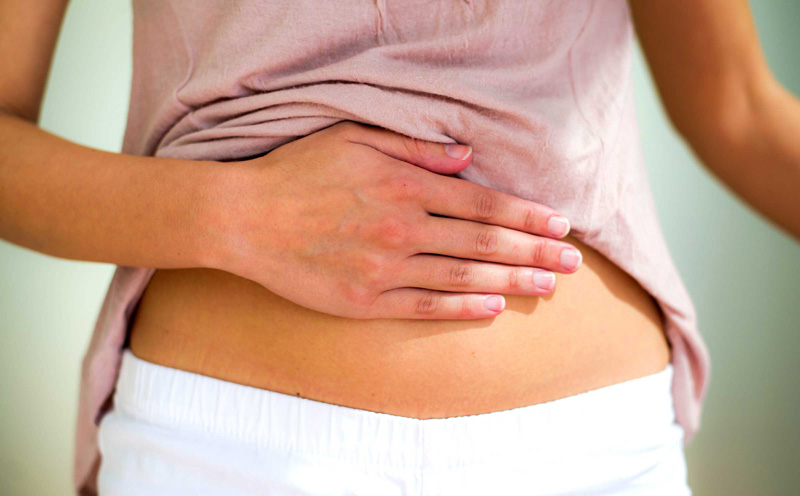10 Tips On Heat Stroke
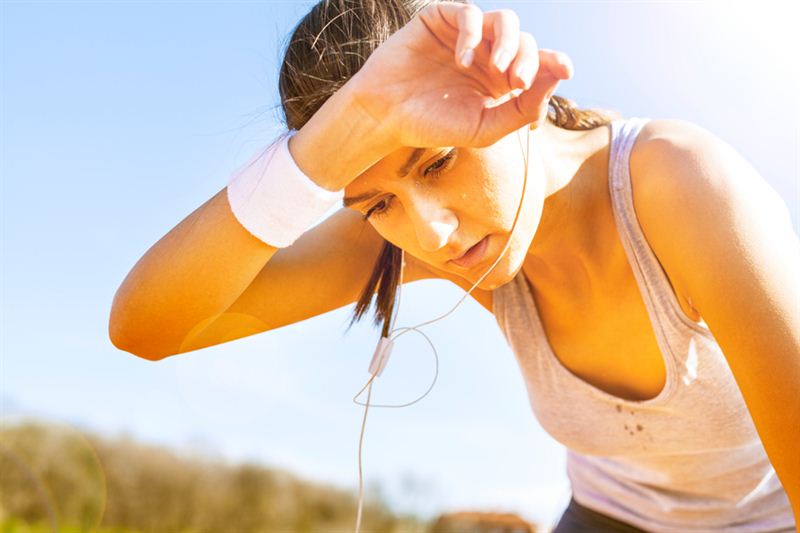
Heatstroke is also known as sunstroke. A stroke is also a form of hyperthermia in which our body is overheated either by prolonged exposure to the sun or by physical exercise at high temperatures. In this heat illness, our body temperature is elevated more than 40.6 °C (105.1 °F). This is a severe emergency condition that requires medical treatment; otherwise, our internal organs like heart, kidney, and lungs will be damaged. Heatstroke is a condition when our body gets heated up as a result of prolonged exposure to the high temperatures. Such types of situations are more common in the summer season. Even the treatment of heat stroke requires emergency treatment; if you left the treatment uncompleted then it can also damage your heart, brain and some areas of muscles. And if the medication doesn’t start quickly, then it can result in some severe problems.
Heatstroke can occur to anybody anywhere. There is no particular medicine and vaccine to stop the problem of heatstroke. One can easily avoid heatstroke by just avoiding exposure to immense heat and temperature. Preventive measures include drinking sufficient water, juice, or liquid diet and avoid extreme heat. Every year more than 1000 people die all over the world because of severe weather. Just like the disease, the treatment is also easy and practical but needs to complete it fast and in time. The body temperature must be lowered as soon as possible; in the treatment, the person should be moved in a cool and dry place like indoor or in shades so that the patient can be saved from extreme sunlight and heat. By transferring the patient to a cool place, the treatment should be started rapidly, which includes bathing, putting cold compression near the neck, head toes, and hands. The patients need to be kept hydrated so that the recovery can be faster.
Causes
The significant causes of heatstroke are when the exposure of heat is more and unbearable. When the ability of the body to bear the temperature is over, then it causes dehydration. Some other primary causes are drinking alcohol, taking medication for a long time, wearing tight clothing can also cause heat. One who is highly infected by stroke are children and pregnant females. In the case of children, they are affected by a more significant number. Mainly there are two causes of heatstroke:
Exertional Heat
This stroke occurs when someone is really exposed to heat for a long time. Basically, who are doing some sort of exercise, playing or in the military who are totally exposed to heat for a long period of time. Especially healthy people or young people are affected by this.
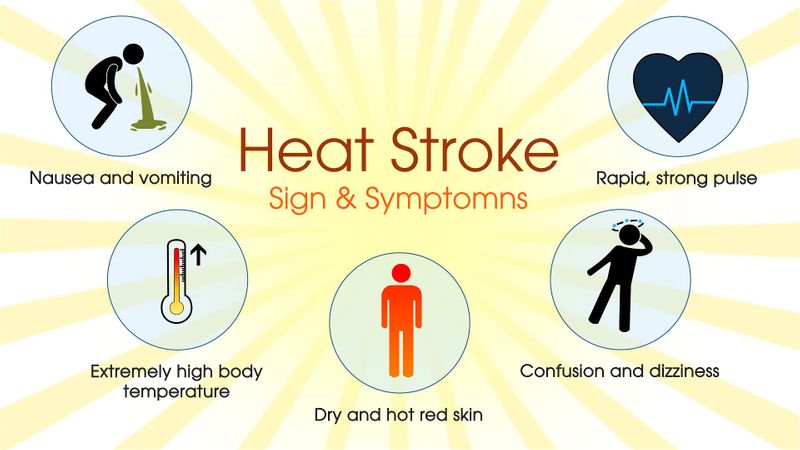
Nonexertional heat
This stroke tends to occur to those people who have less ability to control or manage their body temperature. There are some particular age groups of people who are more often affected by this heat exposure like children, old people, and who are infected with some serious diseases and who are on medicinal prescription for a long period of time.
The most common causes of heatstroke are excess exposure under sunlight, high humidity, dehydration, strenuous activities, radiation, heat loss impairment or insufficient, drinking alcohol, medication, inadequate ventilation in summer, wearing heavy weighed, or excess clothes, etc.
SYMPTOMS
Usually, heatstroke includes some signs. Those are high body temperature, Dizziness, Nausea, and vomiting, Red, flushed and dry skin, headache, irritation, increased heart rate, rapid breathing, disorientation, sweating alteration, confusion, coma, etc.
Also read: Heat Stroke
10 MOST IMPORTANT TIPS ON HEAT STROKE AS FOLLOWS:
- Infants, Children, older adults, athletes are more susceptible to get heatstroke. So keep them in the room, especially at high temperatures, to prevent heatstroke.
- Drink plenty of water with salt and sugar that can dehydrate your body as well as helps in glucose absorption and maintain electrolyte balance. This is a significant measure to rehydrate your body in humid weather. Fluid can be taken not only in the form of water but also in fruit juices, soup, stew, etc.
- Urine color should be monitored. Dark or yellow color urine indicates dehydration. To prevent it from hydrate your body.
- Light-colored, light weighed clothing should be worn. Thereby light is reflected and not absorb in our body. So our body is less heated.
- Umbrella, sunscreen with a sun protection factor (SPF) 30 or more should be used to avoid sunstroke.
- Avoid spicy foods, fried foods, junk foods, alcohol, or caffeine-containing beverages as can as possible because this can elevate body temperature slightly after eating. Include light nonspicy non-irritant non-stimulant foods in your daily diet.
- If possible, cancel or reschedule your outdoor activity at high temperatures. Otherwise, you can do your work either in the early morning or after sunset, especially in summer.
- Take a cold bath or shower after coming from your outdoor activity that can help to lower your body temperature.
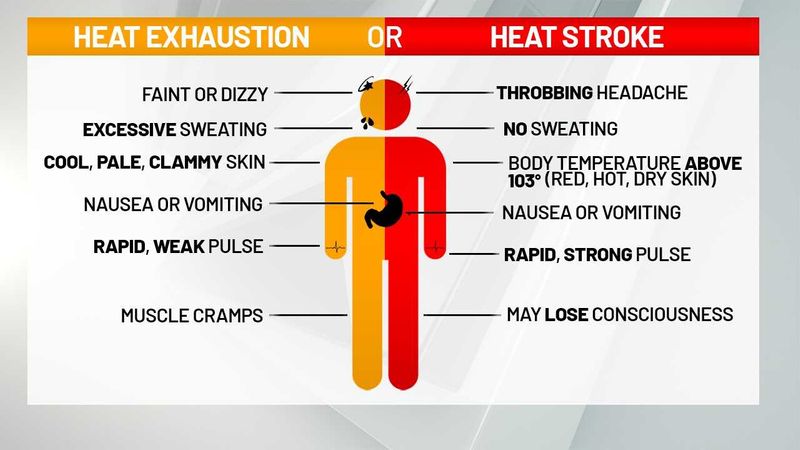
- Excess elevation of body temperature can be a symptom of heatstroke. Patients with heatstroke firstly treated with an ice pack or cold water and also immediately send to the hospital for medical treatment.
- A patient suffering from renal or liver disease, fluid retention in the body, or in under fluid restriction diet consult your physician and dietitian before increase the liquid amount.
The treatment of this heatstroke includes the reduction of body temperature as soon as possible. And this can be done by removing clothes so heat can be released; in the next stage, spray the water to the patient, or some cold air can also be released through the fan. And if these methods don’t provide any response, then call a doctor for better treatment. The doctor will give some relaxing muscle medication and can also flush your stomach by cold water so that temperature can be decreased. If the medical help or consultancy gets on time to everyone, then no casualties will happen because of heatstroke.

